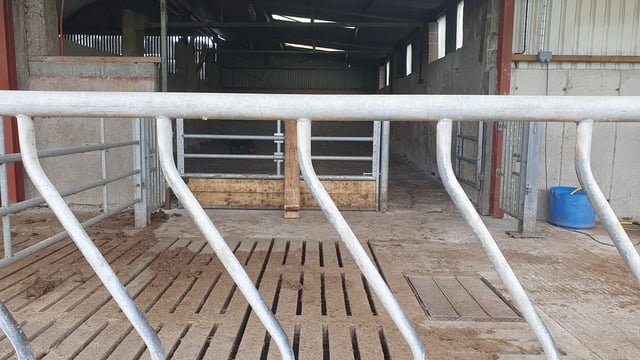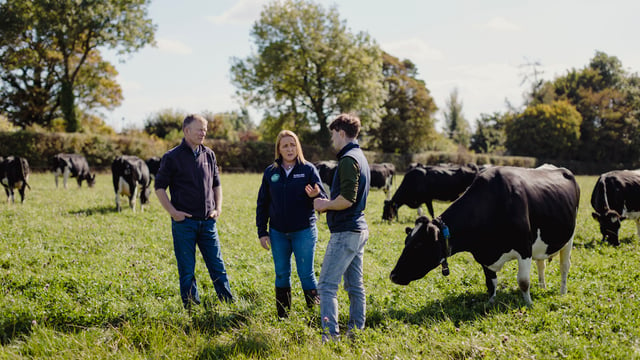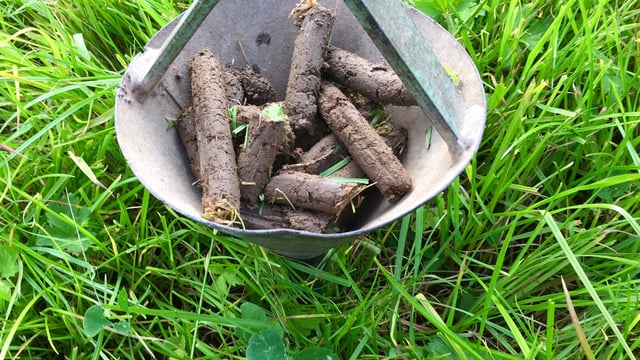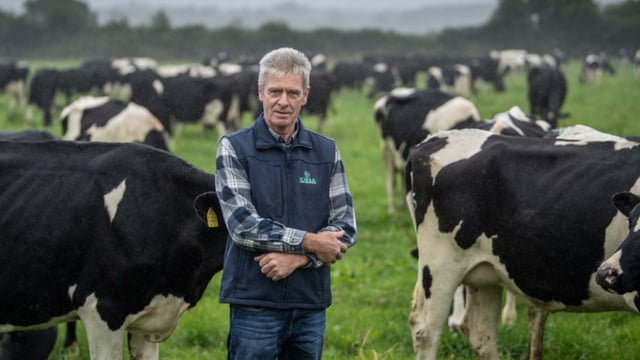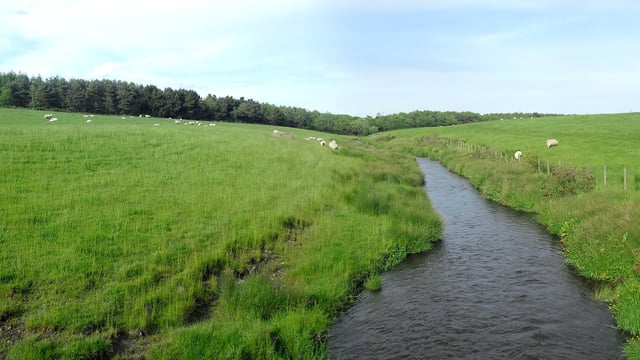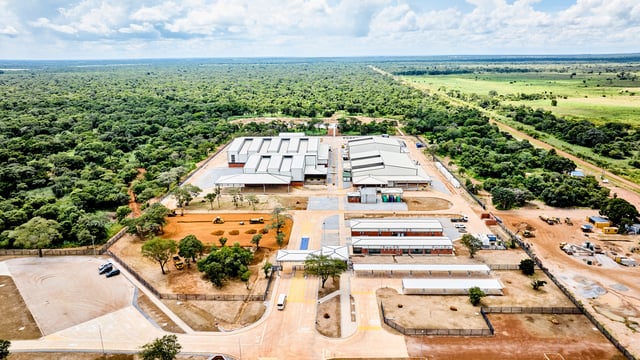Rivers in south and south-east 'still in serious trouble' - An Taisce
An Taisce has welcomed a report from the Environmental Protection Agency (EPA) showing that concentrations of nitrogen pollution have decreased across some of the country's main rivers in 2024.
However, the National Trust of Ireland said that it is important to note that levels still remain far too high in the south and southeast of the country.
The EPA report states that agriculture is the primary source of nitrogen in these areas.
An Taisce
Commenting on the new report, Dr. Elaine McGoff, head of advocacy with An Taisce said:
“Any improvement in water quality is clearly welcome, but when it comes to nitrogen pollution, the south and south-east is where nitrogen pollution is a really serious ongoing concern.
"These are the areas which overlap with the most intensive dairy farming in the country and are home to the majority of derogation farms. Unfortunately, this report is still bad news for those areas.
"Nitrogen levels are still almost 40% too high in those rivers. That means that many rivers in these areas will remain significantly polluted unless stronger measures are implemented."
Dr. McGoff added that An Taisce would like to see analysis which explains what is driving this improvement.
"It would appear to be a nationwide decrease, which indicates that it’s something which is happening at a very broad national scale, across all farm and land types.
"We need data that shows which, if any, of the measures being implemented at the moment are contributing to this reduction and then what stronger measures are needed to fill the huge gap that is still left for rivers in the south and south-east," she said.
"We’ve now had over a decade of water quality decline, with agriculture being one of the key drivers of that water pollution.
"While the apparent improvement is welcome, what we really need at this point is clear evidence that the measures being put in place by farmers are effective for adequately preventing agricultural nitrogen pollution.
"I’ve yet to see that evidence, and the nitrogen levels in the rivers of the south and south-east are telling us those rivers are still in serious trouble," Dr. McGoff added.


